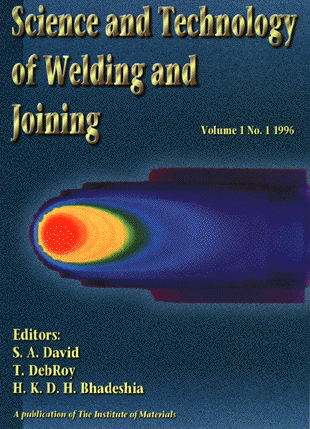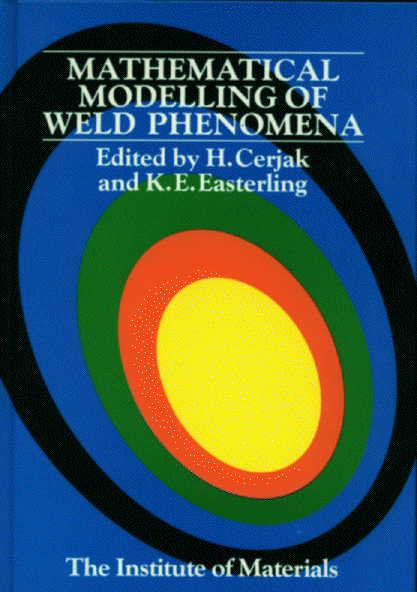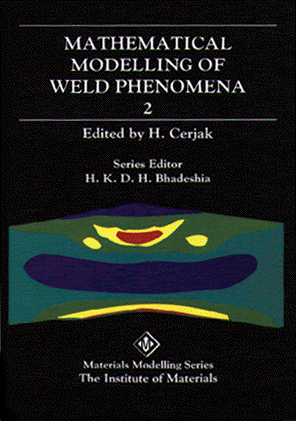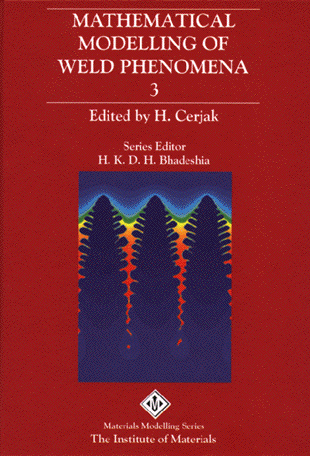

Scatter in High Strength Steel Weld properties due to Interpass Temperature
M. Lord and H. K. D. H. Bhadeshia
Abstract
High strength steel manual metal arc (MMA) welds containing low levels of carbon and significant additions of Mn, Ni, Cr and Si, have been reported to exhibit large variations in yield strength. Microscopy upon a typical weld of this class indicated a fine upper bainitic microstructure with no visible carbon precipitation. Charpy impact data revealed high levels of toughness with a gentle transition between brittle and ductile fracture regimes. Dilatometry showed that a typical MMA cooling curve would intersect the CCT curve in a critical regime close to the limit of hardenability. Neural network analysis revealed that the yield stress of a multirun joint is strongly dependent upon the interpass temperature for this alloy, a parameter that may affect the weld cooling rate. The ultimate tensile strength was predicted to be affected to a much lesser extent. Tensile test data from welds fabricated at interpass temperatures of 50 oC, 110 oC and 250 oC agreed well with the predictions. Charpy impact tests did not indicate a dependence of the toughness upon the interpass temperature.
Trends in Welding Research, eds S. A. David, T. DebRoy, J. A. Johnson, H. B. Smartt and J. M. Vitek, ASM International, Ohio, 1999, pp. 870-875.
Download Postscript File (2.2 Mbytes)
Download TEX File (26 kbytes)
Download Optical Micrograph (eps format) (830 kbytes)
Download Transmission electron micrograph (eps format) (1.2 Mbytes)



|
A journal founded and edited by
S. A. David, T. Debroy and H.K.D.H. Bhadeshia
Published by The Institute of Materials, London, since 1996
|

|
Mathematical Modelling of Weld Phenomena
Eds. H. Cerjak and K. E. Eastering
Institute of Materials, London, 1993
|

|
Mathematical Modelling of Weld Phenomena 2
Edited by H. Cerjak
Series Editor H.K.D.H. Bhadeshia
Institute of Materials, London, 1995
|

|
Mathematical Modelling of Weld Phenomena 3
Edited by H. Cerjack
Series Editor H.K.D.H. Bhadeshia
Institute of Materials, London, 1997
|

|
Mathematical Modelling of Weld Phenomena 4
Edited by H. Cerjack
Series Editor H.K.D.H. Bhadeshia
Institute of Materials, London, 1998
|






